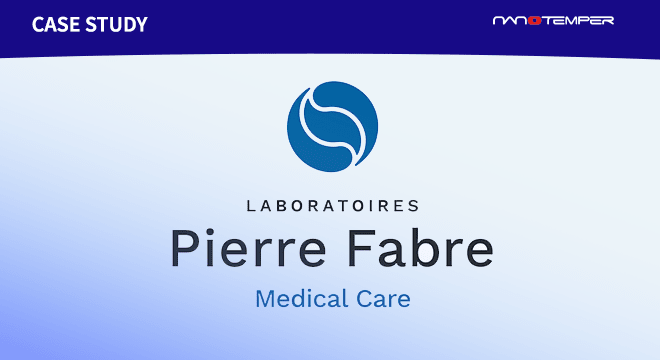Lobo, S., Baczyk, P., Wyss, B., et al.
Journal of Pharmaceutical and Biomedical Analysis 2021, vol: 192 doi: 10.1016/j.jpba.2020.113650
In this publication, Novartis investigates strategies for optimizing non-IgG based therapeutic proteins. Non-IgG therapeutics often have a greater number of attributes to evaluate, which increases their complexity. Further, unlike with monoclonal antibodies (mAbs), there are often not huge libraries of candidates to triage and screen for optimal stability. The group looked at how to best assess stability attributes of non-IgG proteins, using low sample volumes and high throughput.
4 key takeaways from this publication:
1. Thermal stability is a critical quality attribute to measure for any therapeutic protein, and because non-IgG therapeutic proteins have less flexibility for sequence optimization, buffer selection is an additional critical step for any new protein therapy
2. nano-Differential Scanning Fluorimetry (nanoDSF) enables rapid thermal stability assessment with only a few microlitres of sample
3. Self-interaction measurements using Dynamic Light Scattering (DLS), in several different buffers, help inform on the propensity of a protein therapeutic to aggregate or become viscous
4. Size exclusion chromatography (SEC) is useful for the assessment of oligomerization species, especially when a prep has multiple oligomeric states present
Topics: Prometheus, nanoDSF, Biologics, Publications


















